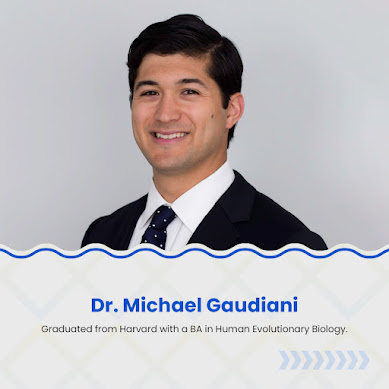Elevating Performance Through Orthopedics
Elite athletes operate at the limits of human capability, which makes expert orthopedic care a critical component of long-term success. Modern sports orthopedics does far more than treat injuries; it provides a strategic framework for enhancing performance, preventing future damage, and ensuring the body can withstand continuous high-intensity demands. With today’s advanced diagnostic tools, specialists can pinpoint subtle biomechanical issues before they escalate. Treatment options such as regenerative therapies, focused rehab plans, and minimally invasive procedures allow athletes to recover without losing valuable training time. These innovations contribute directly to stronger performance outcomes and longer careers. The article highlights how orthopedic professionals collaborate closely with athletes and their support teams to create tailored care plans that improve agility, strength, and resilience. In a world where milliseconds and millimeters can determine victory, orthopedic p...
